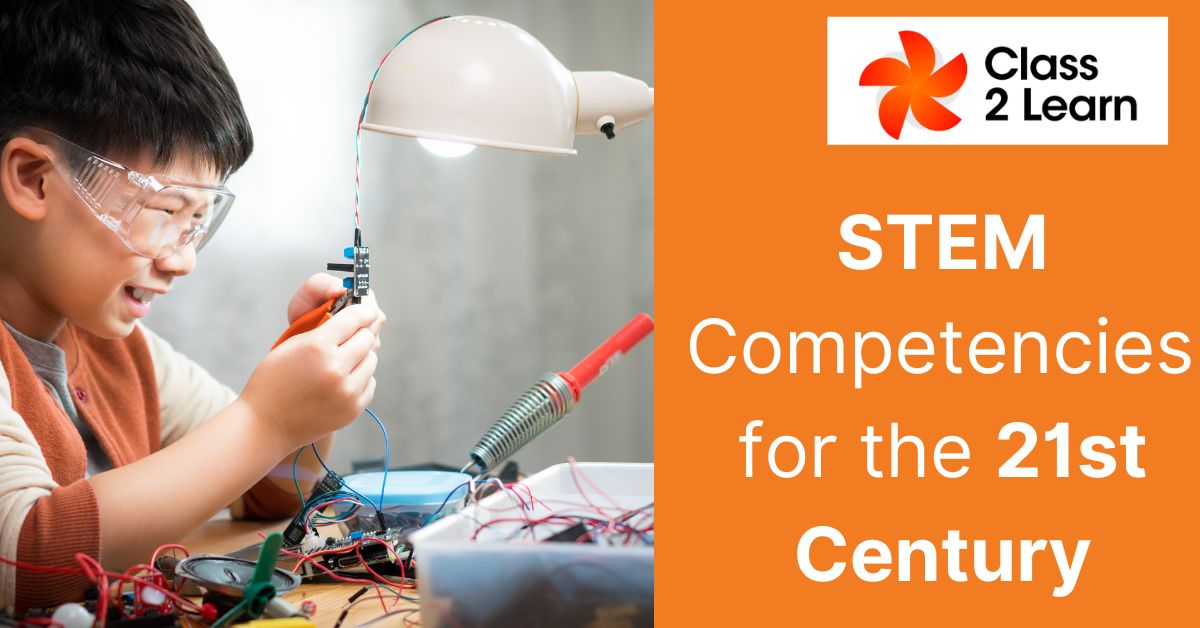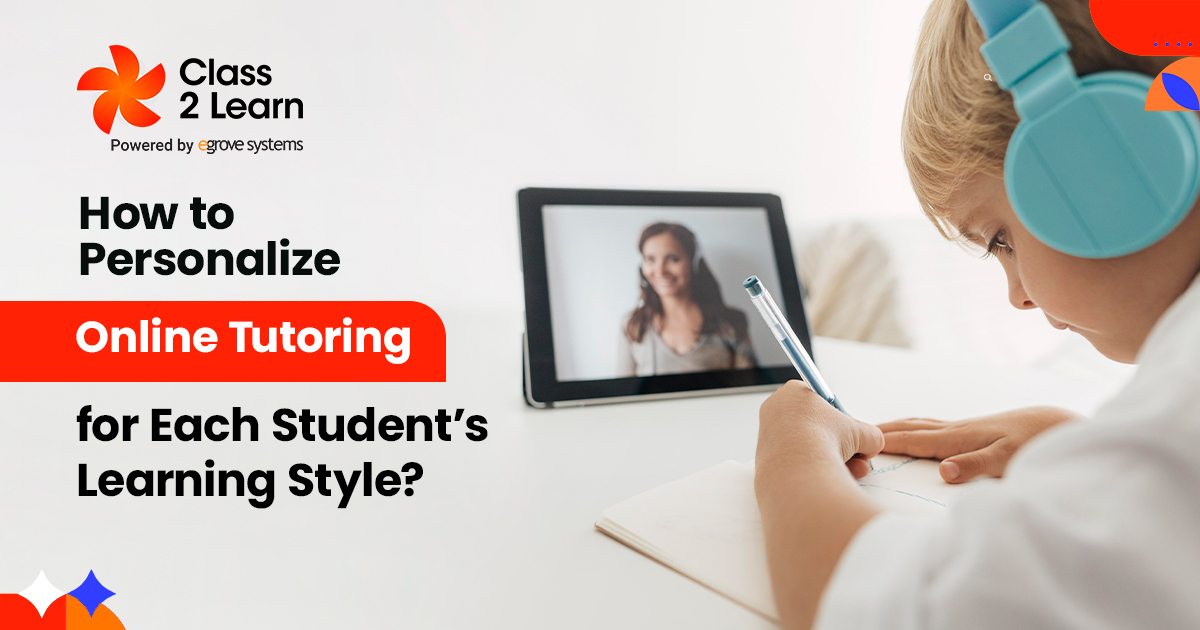Innovative solutions to global problems, particularly those directly tied to the 2030 Sustainable Development Goals, are developed and offered through STEM education. The distinctions between STEM fields (Science, Technology, Engineering, and Math) and non-STEM areas are fuzzing, as Industrial Revolution 4.0 picks up steam and affects every facet of our daily life.
Technology’s quantum leaps are driving us to reevaluate how we teach kids in STEM and non-STEM professions. The education industry has to reconsider the old curriculum boundaries, which categorize information and abilities into different topic areas.
In reality, fundamental abilities like reading, speaking, and writing, as well as intellectual, social, and engineering knowledge, are what 21st-century STEM education seeks to impart.
Skills developed through STEM learning:
Basic skills: Including reading, writing, and mathematical operations are examples of basic talents. Using digital technology, communication tools, and networks individuals can access and understand information.
Academic skills: Concerned with subjects such as mathematics, physics, history, and geography. Academic talents are often learned in school, and then used in real life and practice.
Technical Skills: Abilities are those required for professional life and comprise academic knowledge and talents. In response to complicated difficulties in industrial development and government policies, it is becoming an increasingly vital skill for competency in the product, service, and development processes.
General Skills: Problem-solving, critical and creative thinking, learning, and managing difficult situations are all examples of general talents.
Social Skills: Include motivation, communication, cooperation, and responsibility abilities that enable individuals to engage within a group or with other groups are examples of social skills. The ability to grasp and regulate one’s own and others’ behavior during social contact is vital, as is the development of comprehension, openness, and awareness abilities for intercultural communication.
Leadership Skills: Include the ability to lead and deliver projects, inspire initiatives, create a sense of shared purpose, empower others, manage, guide, and coordinate capabilities.
Communication & Collaboration:
In the present era, effective communication is no longer only a social tool in today’s world; it is a must for survival. If one wishes to be successful, students must recognize the significance of communication. And it’s not something you can learn overnight. Lots of practice and communication skills are necessary to become a good communicator.
The good news is that working with STEM trainers enhances students’ communication skills. The fact that these seminars encourage students to ask questions is one of their most essential features. Questions must be asked at all phases of life, from the sales call to the negotiation, in order to engage the other side and collect the necessary information.
Creativity:
Creativity is the ability to generate a novel, qualified, and acceptable product (idea, thinking, action, etc.). Rhodes (1961) developed a framework for creativity that may be included in the educational process, and this framework defined the 4-Ps model.
The four interconnected components engaged in creative interaction with one another:
Person: This aspect encompasses traits unique to individuals, such as temperament, intelligence, attitude, and conduct.
Process: This aspect of creation is the most enigmatic. The process includes students’ practices and activities throughout the process, and incorporates creative work. In this direction, several ideas and methods for assessing the creativity of academics and practitioners have been offered.
Product: The third line of creativity is the product made at the end of the creative process. Not only the constructions, pictures or inventions that are built as products but also ideas and thoughts that are suitable for embodiment are also included native products. For example, a new building model that the individual has designed may be a product because of its feasibility, even if it has not been built yet.
Press: Press is the last element of creativity. The press is expressed as the environment in which the individual interacts with each other and includes elements that include a creative environment in schools such as teaching style, peer relations, collaboration, competition, and information and communication technologies.
The STEM activities, it is aimed at students to make a product after an engineering-based work process. With STEM education, students are offered the opportunity to make products in a creative environment. In this direction, the students have the chance to design, make products, and evaluate these products within the scope of the 4-Ps creativity model.
Conclusion:
While the field of STEM Education is still relatively new, its tenets have been around for many years. STEM Education officially burst into reality in the early 1990s. Since then, it has grown exponentially.
STEM education is generally seen as a general concept expressing the integration of science, mathematics, technology, and engineering disciplines. It has become important to develop skills that will emerge through the integration of these disciplines with STEM education. In addition to integrating science, technology, engineering, and mathematics subjects in STEM education, the development of STEM skills is also of great importance.





Add comment